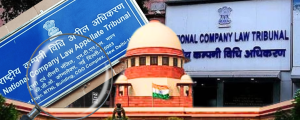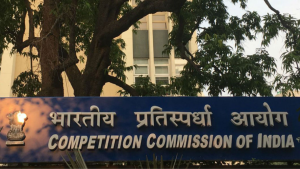
Table of Contents
Introduction
In our previous (See here) blog posts regarding government litigation, we focused on the litigation landscape at the union as well as the state level. While analysing government litigation at the state-level, it was observed that most states lack a robust policy/rule for managing their litigation. This has been attributed to the fact that the process flow of litigation inside the departments is either not laid down clearly or is vague.
Acknowledging these gaps, Karnataka recently passed The Karnataka Conduct of the Government Litigation Act, 2023 (hereinafter referred to as the “Act”) that provides detailed guidelines and a step-wise process flow to deal with the state government’s cases and their progress in the courts. The said Act supersedes the earlier provisions and circulars regulating government litigation in the state. While introducing the Act, the government stated that its goal is to ensure efficient and responsible conduct of government litigation before the courts and tribunals in the state.




